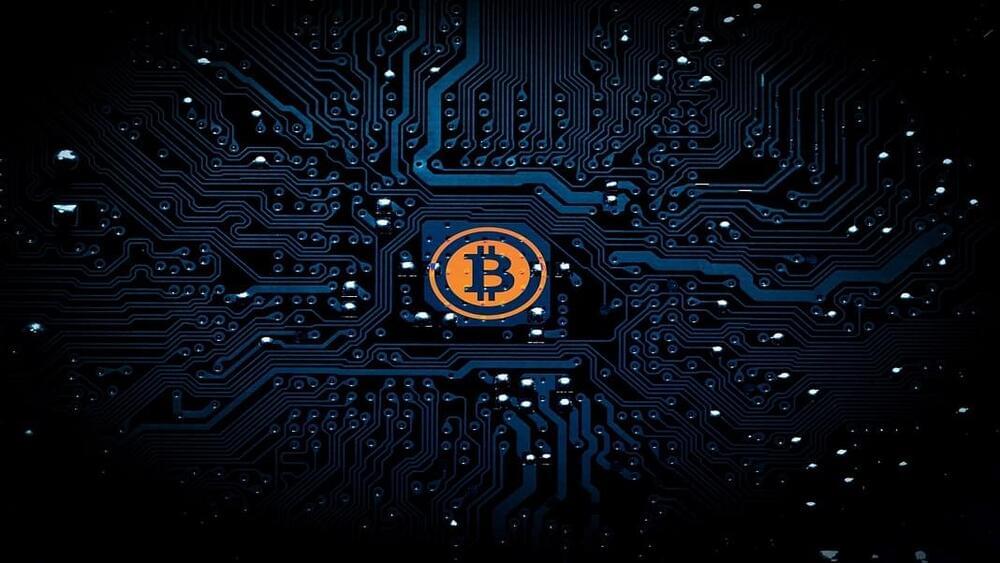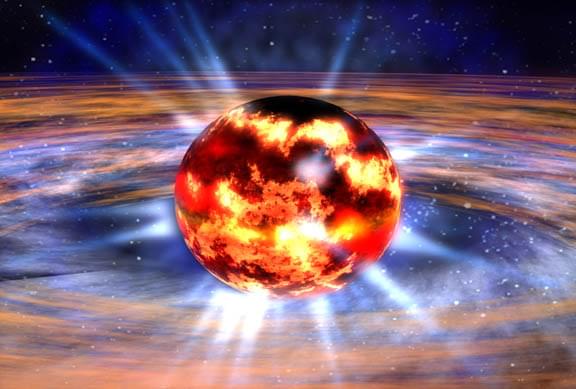He’s backing a new biotech company working on “cellular rejuvenation programming.”
It sure looks like Jeff Bezos has plans to cheat death.
The founder and former CEO of Amazon has reportedly made an investment in the freshly launched Altos Labs, a biotech startup focused on “cellular rejuvenation programming to restore cell health and resilience, with the goal of reversing disease to transform medicine,” according to a January 19 press release. With $3 billion in backing on day one, Altos Labs has hit the ground running with what may be the single largest funding round for a biotech company, according to the Financial Times of London.
Altos Labs has an impressive roster of executives that includes experts formerly of GlaxoSmithKline, a health care company in the United Kingdom that primarily develops pharmaceuticals and vaccines; Genentech, a San Francisco-based biotech firm that created the first targeted antibody for cancer; and the National Cancer Institute. The quest to cheat death is as old as life itself, but this is an especially pedigreed bunch to take on the challenge.





